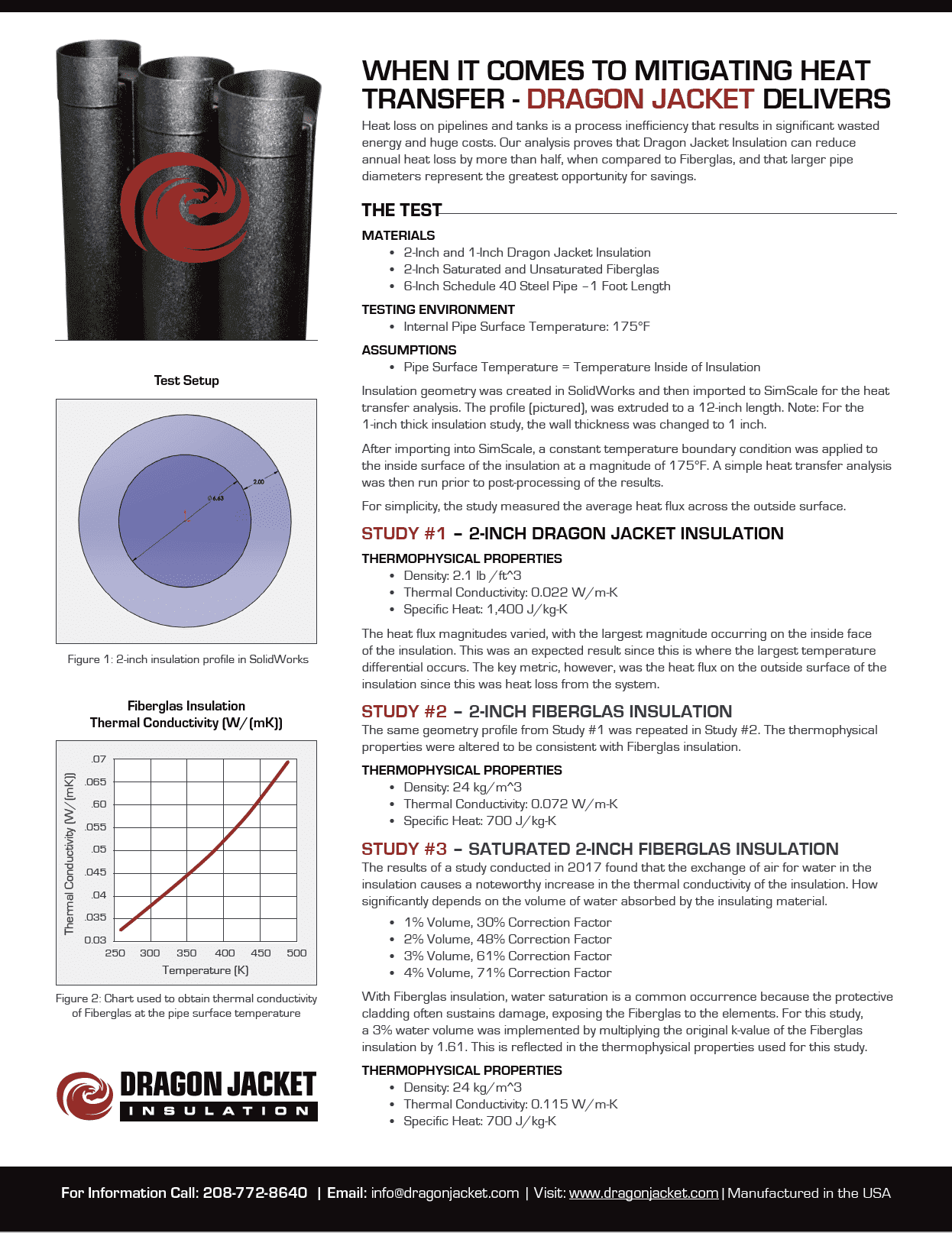Thermal stability refers to insulation’s ability to maintain a consistent resistance value (R-value) in the face of rising or lowering external temperatures. Put more simply, thermal stability is an insulation material’s ability to keep hot pipes hot and cold pipes cold. The failure of insulation to maintain a consistent R-value over time or in the face of extreme conditions is called heat transfer. Heat transfer occurs when heat moves from the inside of the pipe or tank to the outside world. Without effective, consistent thermal stability, the necessary heat (or cold) is lost and the product within the insulated pipe or tank system becomes compromised. Unnecessary heat loss results in wasted product and expensive energy inefficiencies. It can also lead to dangerously hot surfaces, creating health risks for employees.
Thermal Stability
FIND OUT MORE, READ THE BLOG POSTS:
Thermal Stability and the Dangers of Heat TransferWhat to Watch For…
- Temperature Fluctuations in Insulated Area
- Increased Energy Consumption
- Surface Temperature Changes
- Condensation or Frost
- Physical Changes/Degradation of Insulation Material
- Pipeline/Tank Corrosion
- Non-Functioning Heat Tape or Heat Trace Lines
What Are the Costs?
- Lost/Damaged Product
- Higher Operating Costs
- System Stress
- Reduced Energy Efficiency
- CUI-Causing Condensation Issues
- Safety Hazards
- Regulatory Non-Compliance
Dragon Jacket Keeps Hot Pipes Hot and Cold Pipes Cold
Heat Transfer Thermal Analysis
Sabra Featured Project
Performs Under Pressure (Washing)
Tank Panel Systems Pressure Washing
DRAGON JACKET DELIVERS RELIABLE, CONSISTENT THERMAL STABILITY OVER DECADES OF USE
Schedule a Demo
Our products work together to provide end-to-end insulation protection for your operation’s critical equipment. Get the information you need to transform your equipment insulation experience forever.




